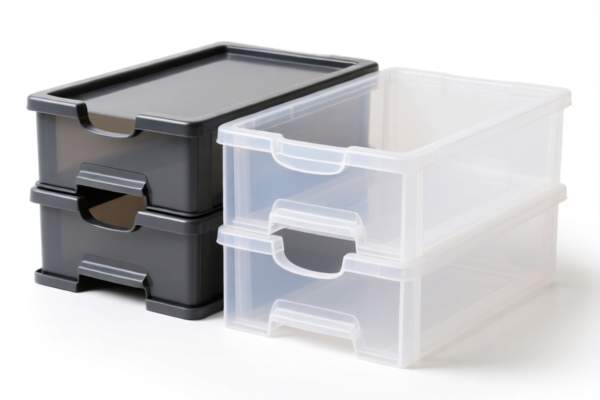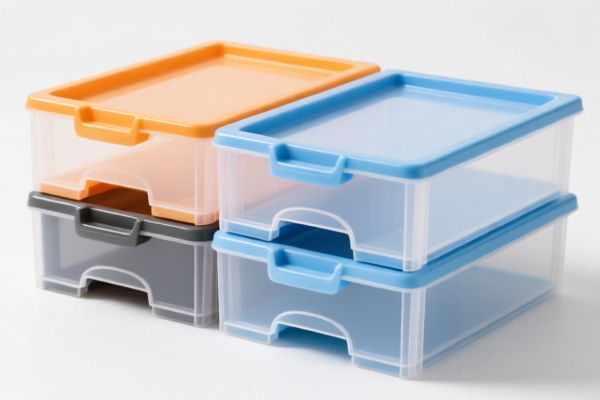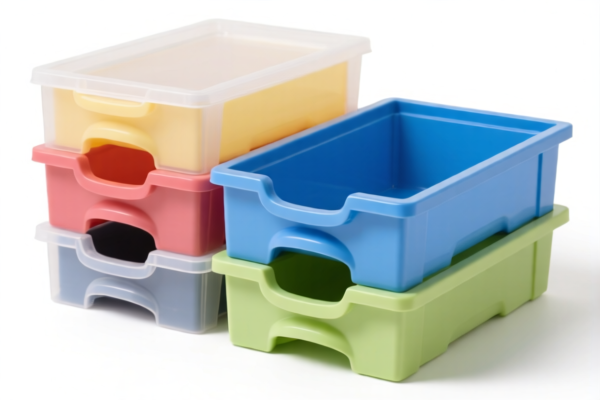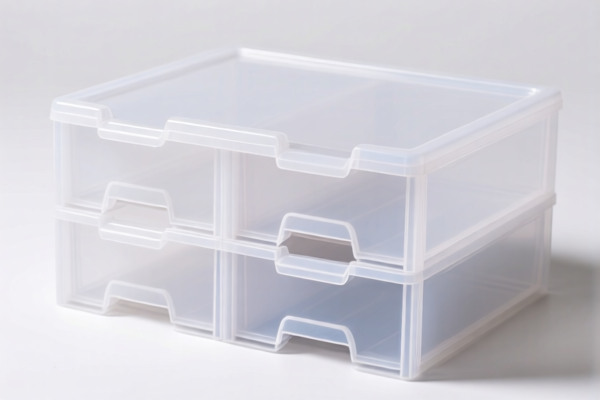| HS Code | Official Doc | Tariff Rate | Origin | Destination | Effective Date |
|---|---|---|---|---|---|
| 3926909989 | Doc | 42.8% | CN | US | 2025-05-12 |
| 3901909000 | Doc | 61.5% | CN | US | 2025-05-12 |
| 3914006000 | Doc | 58.9% | CN | US | 2025-05-12 |
| 9403993080 | Doc | 55.0% | CN | US | 2025-05-12 |




Okay, let's break down the HS codes and tax implications for your declared goods, "PLASTIC DRAWER TRACKS". I'll provide a structured analysis to help you understand the classification and potential costs.
Important Note: HS code classification is complex and ultimately determined by customs officials. This analysis is based on the information provided and should be used as a guide. It's crucial to verify the final classification with your customs broker or local customs authority.
1. HS Code: 3926.90.99.89 – Other articles of plastics and articles of other materials of headings 3901 to 3914: Other: Other Other
- 39: Plastics and articles thereof. This chapter covers a wide range of plastic products.
- 26: Other articles of plastics and articles of other materials. This narrows it down to specific plastic items not covered elsewhere.
- 90: Other. This indicates a more specific subcategory within "other" plastic articles.
- 99: Other. Further refinement within the "other" category.
-
89: Other. This is a very broad residual category, often used for items that don't fit neatly into more defined classifications.
Tax Implications: * Basic Duty: 5.3% * Additional Duty: 7.5% * Post April 2, 2025 Additional Duty: 30% * Total Tax: 42.8%
Considerations: Because this is a very broad classification, customs may require detailed information about the composition, function, and manufacturing process of the drawer tracks to confirm the correct HS code.
2. HS Code: 3901.90.90.00 – Polymers of ethylene, in primary forms: Other: Other: Other
- 39: Plastics and articles thereof.
- 01: Polymers of ethylene (like polyethylene - PE). This focuses on the raw plastic material itself.
- 90: Other. This indicates a specific type of ethylene polymer.
- 90: Other. Further refinement within the "other" category.
-
00: Other. This is a residual category for ethylene polymers not specifically listed.
Tax Implications: * Basic Duty: 6.5% * Additional Duty: 25.0% * Post April 2, 2025 Additional Duty: 30% * Total Tax: 61.5%
Considerations: If the drawer tracks are made from polyethylene, this code might apply to the raw material used in production. You'll need to clarify if you're importing the raw polymer or finished tracks.
3. HS Code: 3914.00.60.00 – Ion-exchangers based on polymers of headings 3901 to 3913, in primary forms: Other
- 39: Plastics and articles thereof.
- 14: Ion-exchangers based on polymers. This is a very specific category for materials used in water treatment or purification.
- 00: Other. This indicates a specific type of ion-exchanger.
-
60: Other. Further refinement within the "other" category.
Tax Implications: * Basic Duty: 3.9% * Additional Duty: 25.0% * Post April 2, 2025 Additional Duty: 30% * Total Tax: 58.9%
Considerations: This code is unlikely to apply to standard plastic drawer tracks unless they specifically incorporate ion-exchange resin for a particular function.
4. HS Code: 9403.99.30.80 – Other furniture and parts thereof: Parts: Other: Other: Of rubber or plastics: Of reinforced or laminated plastics Other
- 94: Furniture; bedding, mattresses, supportings, lamps or lighting fittings, prefabricated buildings.
- 03: Other furniture and parts thereof.
- 99: Parts. This indicates you are importing components of furniture.
- 30: Other. Further refinement within the "other" category.
-
80: Of reinforced or laminated plastics Other. This specifies the material of the parts.
Tax Implications: * Basic Duty: 0.0% * Additional Duty: 25.0% * Post April 2, 2025 Additional Duty: 30% * Total Tax: 55.0%
Considerations: This code seems most applicable if the drawer tracks are considered parts of a larger furniture item (e.g., a dresser or cabinet). The "reinforced or laminated plastics" specification is important – confirm the construction of the tracks.
Recommendations & Next Steps:
- Material Composition: Crucially, confirm the exact material(s) used in the drawer tracks. Is it pure polyethylene, a blend of plastics, or reinforced with other materials?
- Function: What is the primary function of the drawer tracks? Are they simply for sliding, or do they have other features (e.g., load-bearing, damping)?
- Part vs. Finished Good: Are you importing the tracks as individual components to be assembled into furniture, or as complete, ready-to-use units?
- Single Piece or Assembly: If the tracks are an assembly of multiple parts, how are they joined?
- Invoice & Packing List: Ensure your invoice and packing list clearly describe the goods, including material composition, dimensions, and intended use.
- Consult a Customs Broker: I strongly recommend working with a qualified customs broker in your importing country. They can provide expert guidance on HS code classification and ensure compliance with all relevant regulations.
- Rule of Origin: Determine the country of origin of the drawer tracks, as this can affect applicable tariffs and trade agreements.
Important Disclaimer: This information is for general guidance only and does not constitute professional customs advice. Always consult with a qualified customs broker or local customs authority for accurate and up-to-date information.
Customer Reviews
The page had a lot of useful details, but I found it a bit confusing to determine which HS code best fits my specific product. More examples would help.
The explanation of HS Code 9403993080 was really helpful. I didn’t know drawer tracks could fall under furniture parts, and it clarified the 55% tariff.
Useful info on HS Code 3901909000 and the 61.5% tax. I had to double-check if it applied to my product, but it was a good starting point.
The breakdown of HS Code 3926909989 was super clear. It helped me understand the 42.8% tariff for plastic drawer tracks.